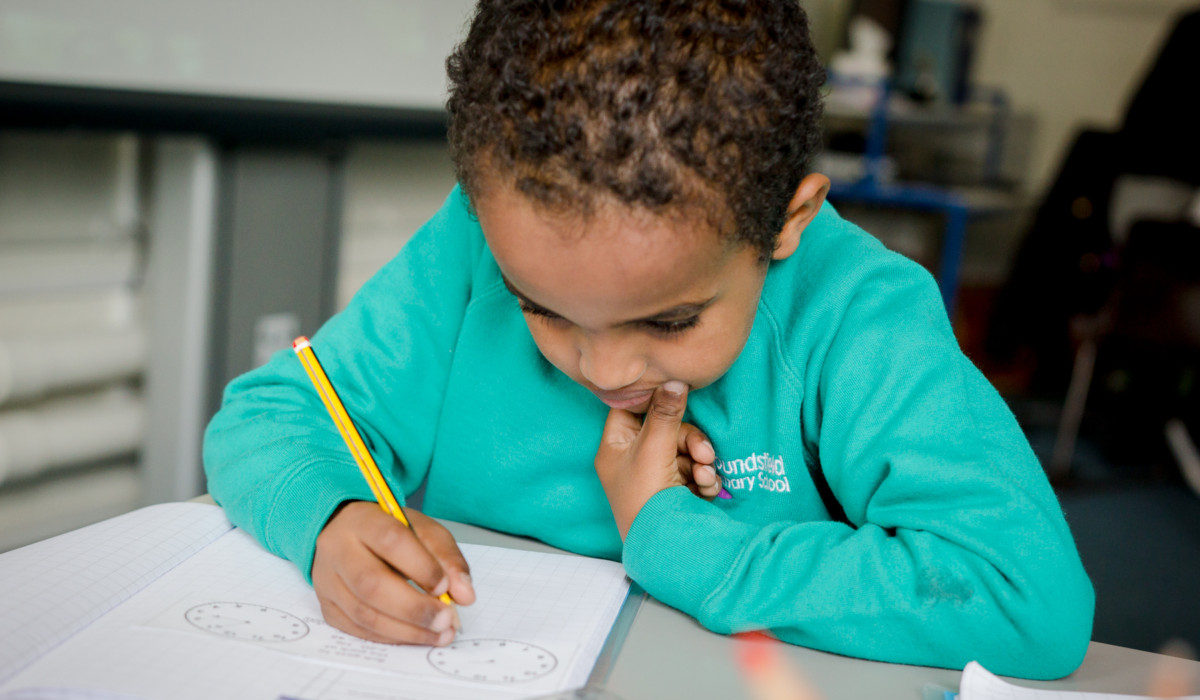Who are our EAL learners?
Pupils learning to use English as an additional language (EAL) share many common characteristics, e.g. the ability to learn, with pupils whose first language is English. Many of their learning needs are similar to those of other children and young people learning in our schools. However, these pupils also have distinct and different needs from other pupils by virtue of the fact that they are learning in and through an additional language, whilst also learning that language.
Pupils who are learning to use English as an additional language are not a homogeneous group. Some are at an early stage of learning English, some have experience of using English (possibly of different varieties). Some are new to the UK; others are familiar with the local cultural practices.
In addition, they come from diverse cultural backgrounds and communities with different understandings and expectations of education, language and learning.
Teachers and educational policy makers need to be aware of the range of variables in relation to both individual learners and groups.
Member only content
The remaining content on this page is available to members only.
To access it and join NALDIC, click the button below.
or if you are a member...


